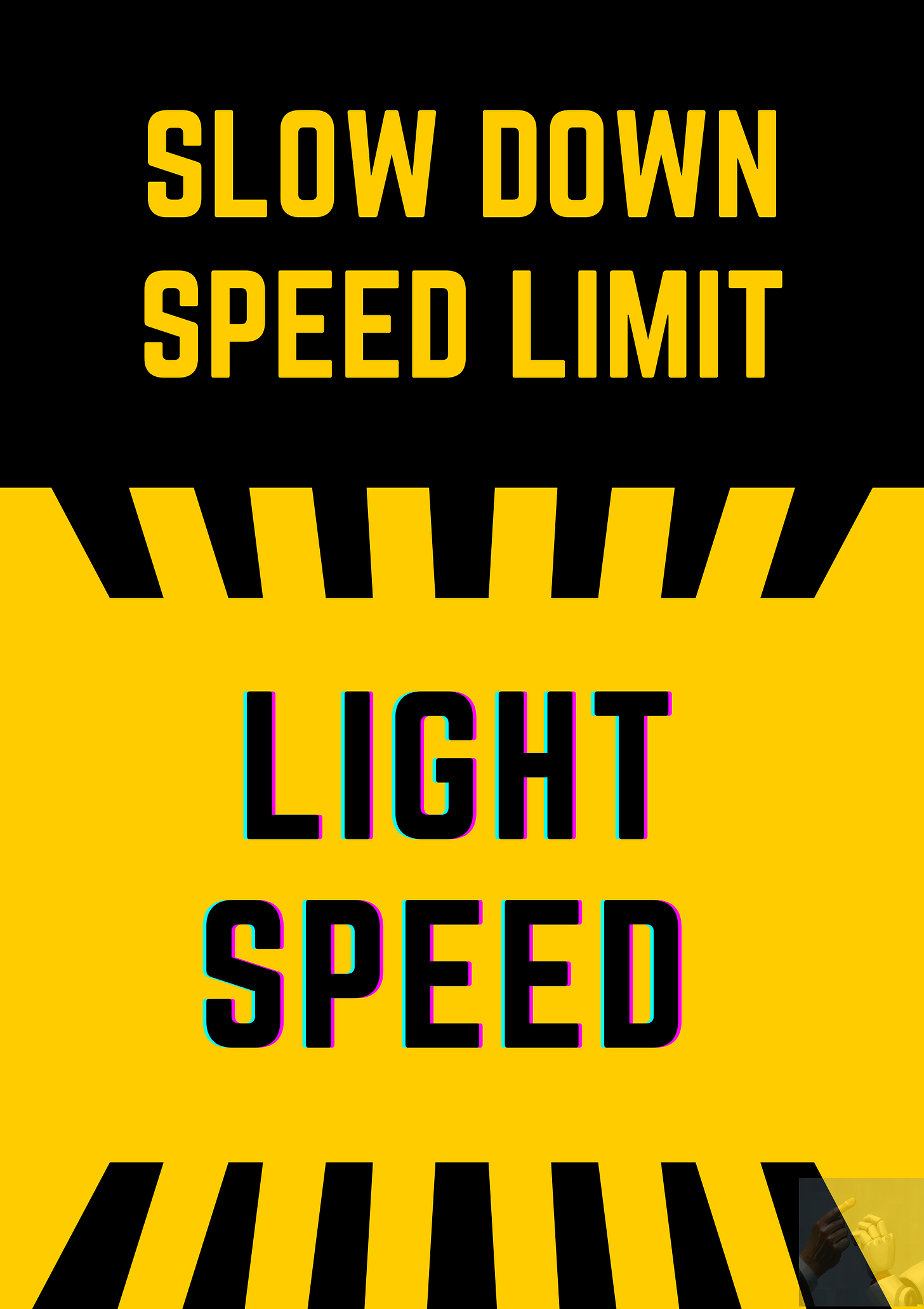Light Speed Constraints
Policy vs Enforcement
This is a sign at one of the train stations in the Western Cape in South Africa. What always cracks me up about them is that criminals who smash windows won't be on their merry way, about to smash a window, and on seeing the sign say to themselves: "Whoah! I did not see that sign there! Now that I've seen it, I'm definitely not going to smash the window on this train."
This also echoes a lot of what you may see in corporates around policies not to do something or how you have to do it in a specific way.
A better approach is to enforce the policy and not even require the policy in the first place.
Let's look at a different sign to demonstrate this:
This sign is trying to enforce a policy on not using windows in trains to leave and enter the train and to rather use the doors.
The easiest way to enforce this is when replacement trains are needed, as the old trains are being decommissioned, get new trains that don't have windows that open at all or are far too small to fit through. That way someone can try all they want and not be able to even violate this policy. In fact, the new trains used on the train line do exactly that - when these signs get old and need replacement they can simply not replace them and remove the signs.
I call this a light speed constraint. It is not possible to go faster than the speed of light, putting a sign up to ask people not to go faster than the speed of light is moot.
Thinking of policy in this way is great as enforcement is not an issue and the time and energy you would have had to spend on it can instead be spent elsewhere. Other real world analogies would be:
Stop signs (policy) vs speed bumps (enforcement).
Do not enter signs (policy) vs securely locked doors.
Next time you have to create a policy, think instead how you can make it impossible to do in the first place - how can I create a speed of light constraint.




